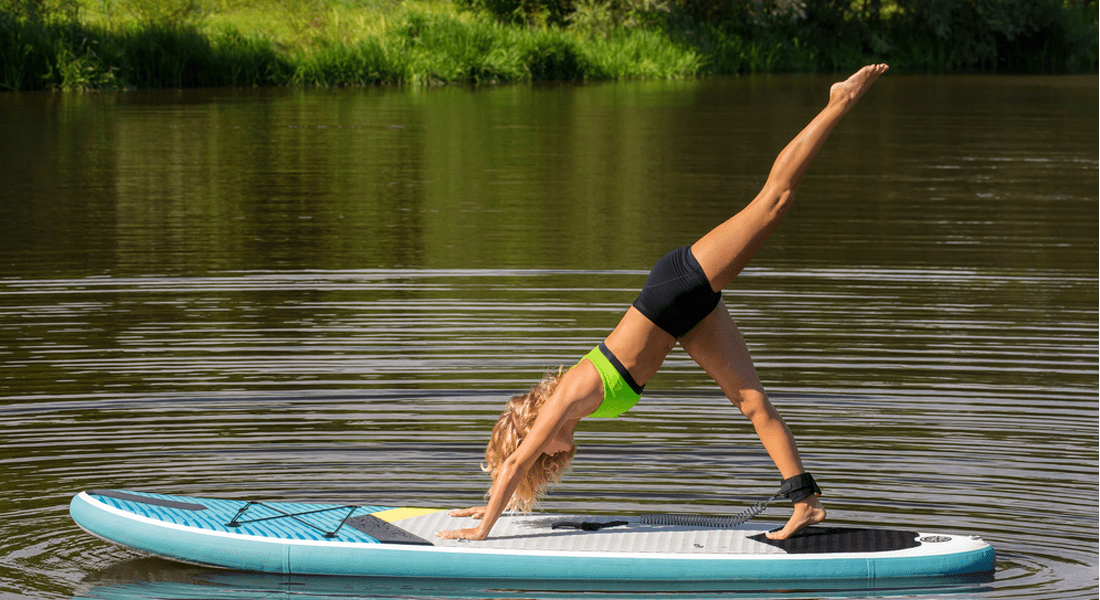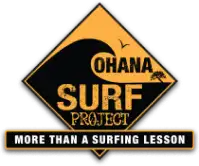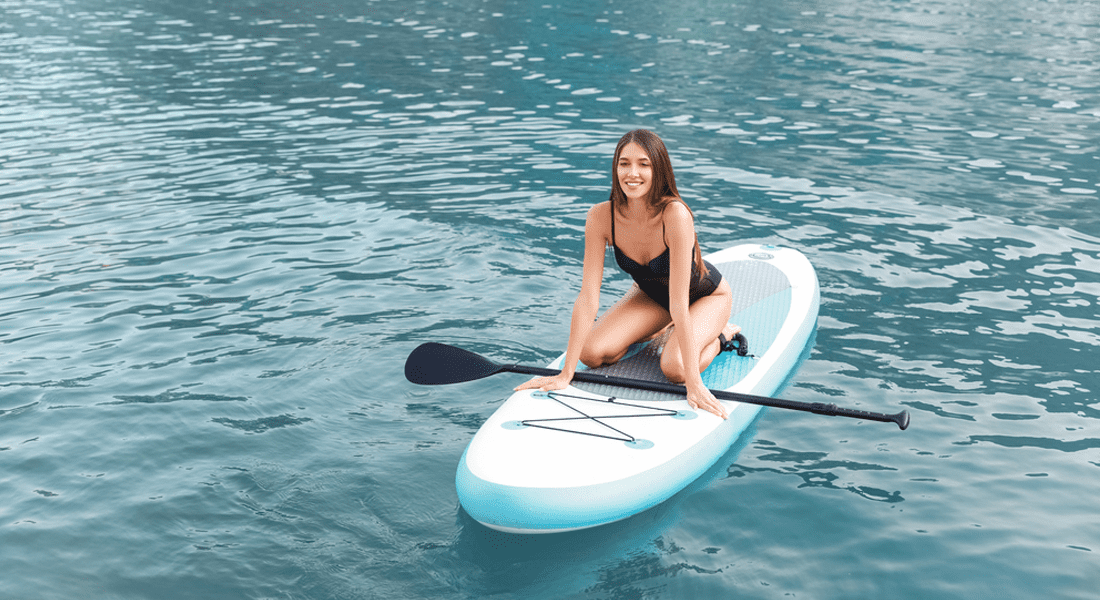
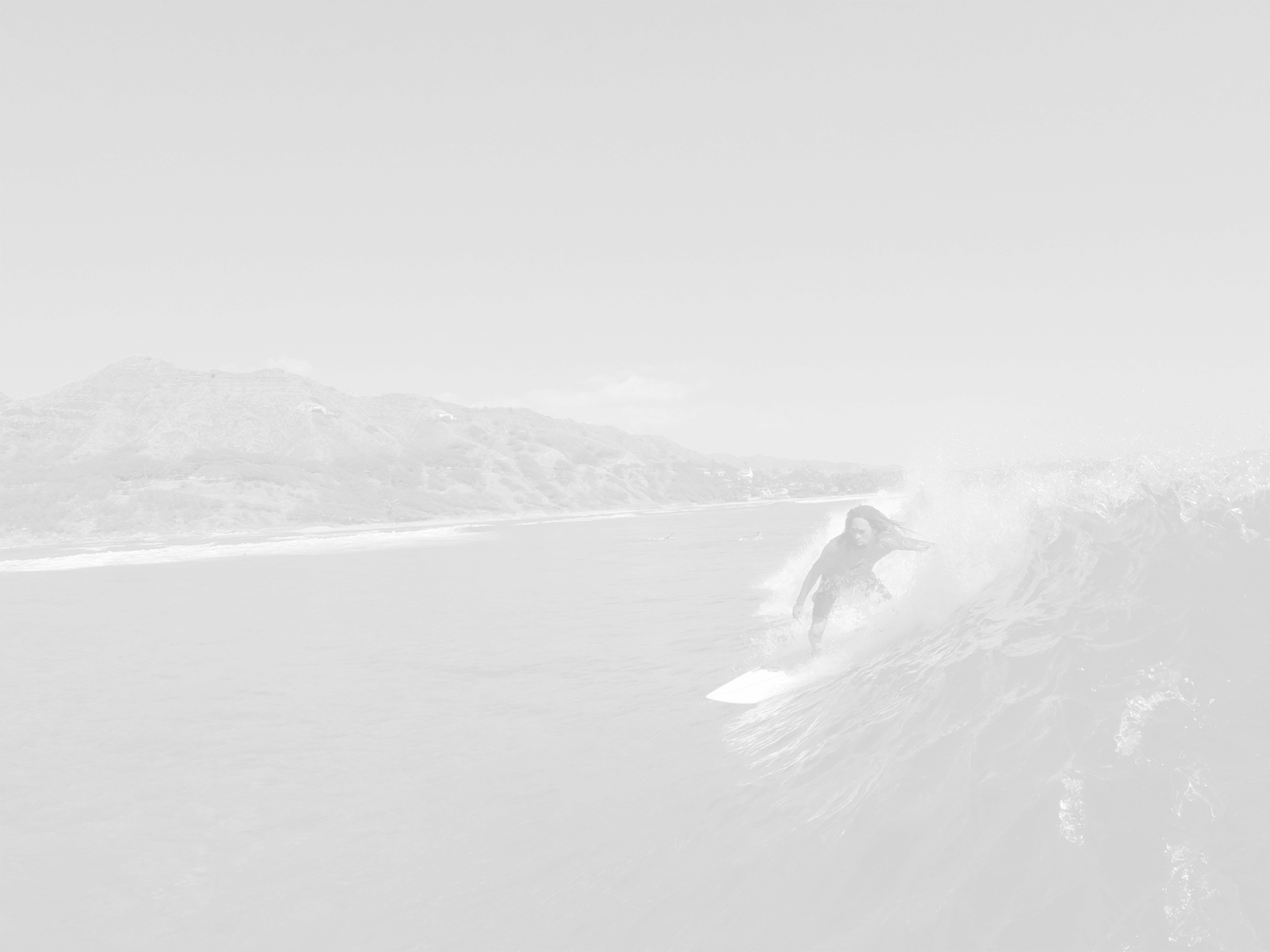
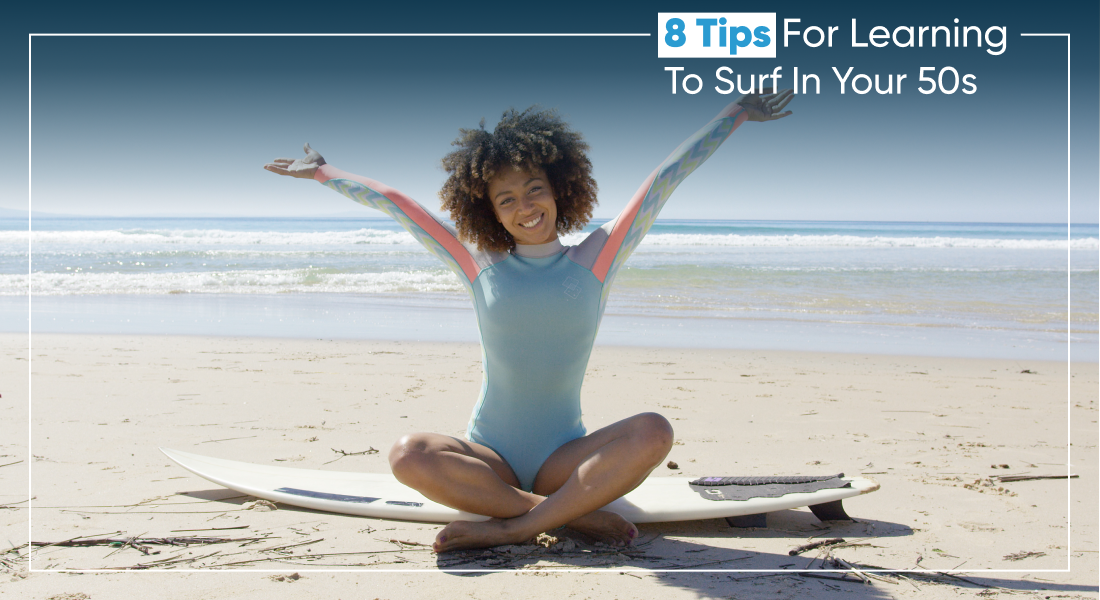

8 Tips For Learning To Surf In Your 50s
Picking up a new sport later in life is exciting, and surfing is no exception. If you’ve always wanted to ride waves but never had the chance, now is the time. Have you decided to learn to surf at 50? This journey is all about taking the right steps, staying patient, and having fun along the way. With the right mindset and preparation, you can enjoy this incredible sport and improve your skills each time you paddle out.
Choose the Right Surfboard
Starting with the right board makes a big difference. A longboard is the best choice for beginners because of its stability and ease of paddling. The extra length and width help you stay balanced as you learn to pop up and ride waves. A soft-top surfboard is another great option since it’s more forgiving when you fall.
If you’re renting, ask for a board suited for beginners. If you’re buying, start with a foam or epoxy longboard between 8 and 10 feet. Once you gain confidence and control, you can explore smaller boards.
Take Professional Lessons
Working with an instructor speeds up the learning process and helps you build confidence in the water. A good coach will teach you how to position yourself on the board, paddle correctly, and pop up with ease. They’ll also guide you on wave selection and reading ocean conditions – key to a safe and enjoyable experience.
One-on-one lessons offer personalized feedback. Meanwhile, group lessons can be a fun way to meet others learning the sport. If you live near the coast, consider taking multiple lessons over time to improve your skills at a steady pace.
Practice Paddling and Balance on Land
Before heading into the ocean, practice paddling and standing up on your board while on land. This helps you develop muscle memory. This will, it will be easier when you’re in the water. Lay your board on the sand, position yourself correctly, and simulate paddling. After that, practice popping up smoothly into a balanced stance.
Adding balance exercises to your routine can also help. Activities like yoga, tai chi, or using a balance board strengthen the muscles needed for surfing and improve coordination.
Learn More About Us

Pick the Right Conditions
Calm, small waves are best when you’re starting. Avoid crowded spots with advanced surfers, as they can be intimidating and make it harder to practice. A sandy-bottom beach break with gentle waves is ideal for beginners.
Check surf reports before heading out. Look for waves around 1 to 3 feet with a slow break. Early mornings or late afternoons often have smaller crowds and smoother conditions, making learning more enjoyable.
Warm Up Before Getting in the Water
A proper warm-up helps prevent injuries and gets your body ready for movement. Stretch your shoulders, back, and legs, as these areas work the most when surfing. Light cardio, like jogging on the sand or jumping jacks, increases blood flow and loosens up your muscles.
Taking a few minutes to warm up also helps mentally prepare you for the session. It’s a great time to visualize yourself paddling strong, popping up smoothly, and riding waves with confidence.
Focus on Small Goals
Progress happens in steps. Instead of aiming to ride the biggest wave on your first day, start with smaller goals. Standing up for a few seconds, catching a wave on your own, or improving your paddling technique are all wins. These small successes build confidence and keep you motivated.
Patience is key. Every session teaches something new, and consistency leads to progress. Surfing is about adapting to the ocean, reading waves, and staying relaxed. The more time spent in the water, the more natural it feels.
Strengthen Your Paddling
Paddling is a major part of surfing. Building shoulder, arm, and core strength helps you stay out longer and catch more waves. Swimming is a great way to improve paddling power. It works the same muscles used when moving through the water on a board.
Practicing paddling in calm water, like a lagoon or a small wave zone, helps develop endurance. Using slow, deep strokes instead of splashing saves energy. Keeping a steady rhythm and looking ahead improves speed and control.
Learn to Read the Ocean
Understanding how the ocean moves helps with wave selection and timing. Watching the waves before heading out gives insight into the best spots to paddle. Identifying where waves break, where to position the board, and how to spot sets makes catching waves easier.
The ocean changes constantly. That’s why every surf session is different. Paying attention to tides, currents, and wave patterns builds experience. The more time spent observing the water, the better the understanding of wave behavior.
Relax and Have Fun
Surfing is as much about enjoyment as it is about technique. Staying relaxed in the water helps with balance and reaction time. Overthinking every movement makes it harder to improve. Letting go of expectations and focusing on the present moment leads to a better experience.
Falling is part of the process. Every surfer wipes out, even the most experienced. The key is to get back on the board and keep going. Laughing off mistakes and celebrating progress makes the journey more rewarding.
How Ohana Surf Project Can Help
Ohana Surf Project knows that deciding to learn to surf at 50 life comes with unique challenges. Our experienced instructors take a personalized approach, focusing on comfort, technique, and safety. Private lessons allow for one-on-one coaching, while group lessons come with a supportive learning environment.
We teach at some of the best beginner-friendly spots in Honolulu, where waves are gentle and perfect for practice. Our team helps with everything from board selection to ocean awareness. With patience and encouragement, we make sure every student has the best experience possible.
Start Your Surfing Journey Today
Learning to surf at 50 is a challenge worth taking. The ocean offers a lifetime of adventure. It’s never too late to start. Take the first step, grab a board, and enjoy the ride.
Ready to catch your first wave? Book a lesson with Ohana Surf Project today and experience the thrill of surfing in a fun and supportive environment.
OTHER OSP BLOGS

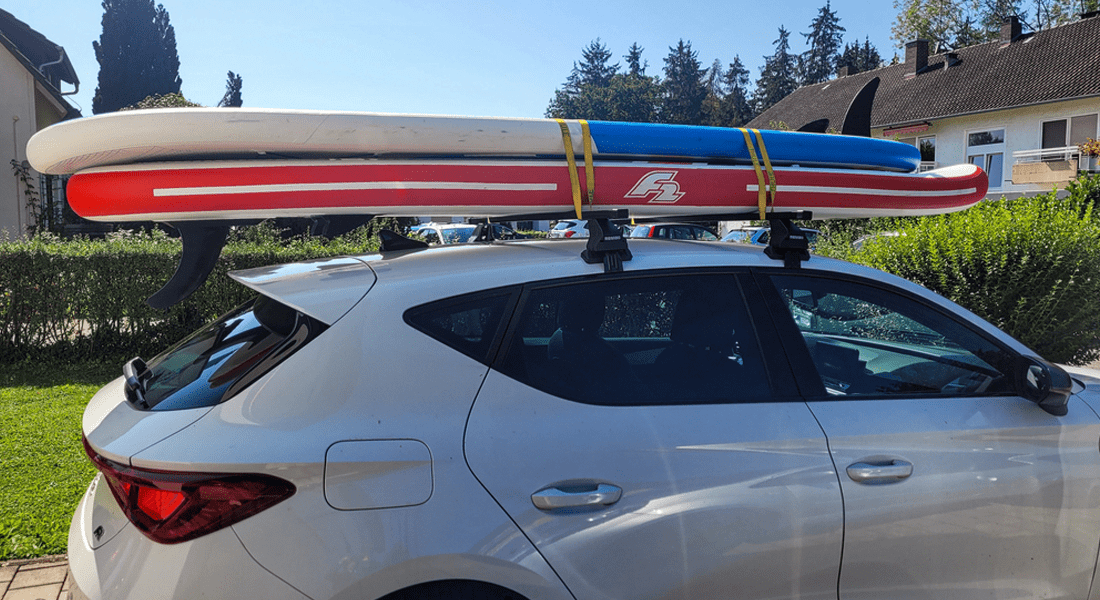
How To Transport Your Rental SUP Board
When you rent a SUP board for a Waikiki adventure, knowing how to transport a SUP board keeps your day smooth from the start. You probably feel excited to reach[...]